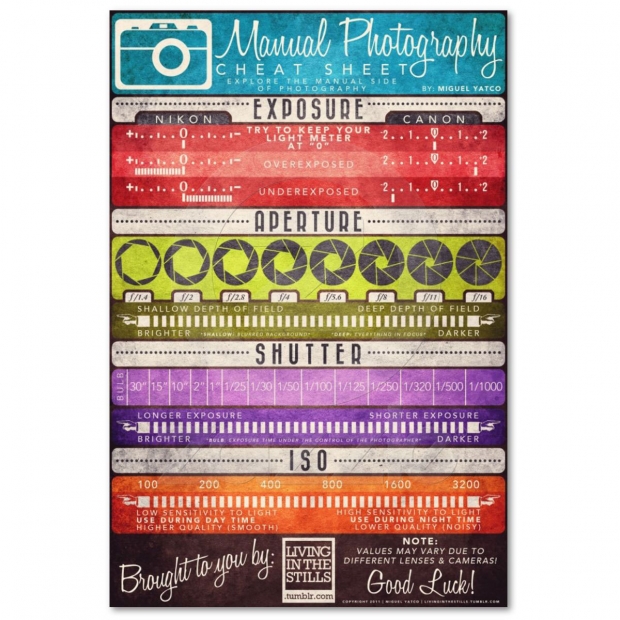Join Us To Discover Important Photography Suggestions That Will Open Your Camera'S Capacity-- Prepare To Record Spectacular Photos In No Time!
Join Us To Discover Important Photography Suggestions That Will Open Your Camera'S Capacity-- Prepare To Record Spectacular Photos In No Time!
Blog Article
Content Author-Whitley Odgaard
When you first get your video camera, it can really feel overwhelming with all the settings and alternatives offered. copyright photos near me could find yourself asking yourself how to navigate aperture, shutter speed, and ISO successfully. Grasping these principles is important, yet there's more to digital photography than just technical knowledge. Recognizing https://zenwriting.net/rolf125glen/just-how-to-construct-a-digital-photography-portfolio-that-attracts-attention and lighting conditions can boost your images substantially. So, what if you could learn easy strategies to boost your abilities and start capturing excellent images sooner than you believe? Allow's discover just how to transform your photography journey.
Understanding Cam Settings
Understanding your camera settings is crucial for recording sensational pictures. When you grab your electronic camera, familiarize on your own with the three major settings: aperture, shutter speed, and ISO. Each plays an essential function in how your images turn out.
Begin with aperture, which regulates the amount of light getting in the lens. A bigger aperture (lower f-number) lets in more light and creates a gorgeous history blur, ideal for portraits. On the other hand, a narrower aperture (higher f-number) maintains even more of the scene in focus, ideal for landscapes.
Next, focus on shutter speed. This setup figures out how long your cam's sensing unit is subjected to light. A quick shutter speed freezes motion, which is excellent for activity shots, while a sluggish shutter speed can develop spectacular effects like smooth water in landscapes.
Lastly, readjust your ISO. This setup affects your camera's sensitivity to light. A greater ISO serves in low-light scenarios however can introduce noise or grain. Aim for the lowest ISO feasible while still attaining appropriate exposure.
Structure Techniques
When you're out shooting, composition can make all the difference in just how your pictures resonate with audiences. Start by utilizing the rule of thirds; visualize your frame divided right into nine equal sections with 2 straight and two vertical lines. Placement crucial elements along these lines or at their intersections to develop equilibrium and interest.
Next off, consider leading lines. These natural lines in your scene, like roadways or rivers, draw the viewer's eye into the picture, leading them through the story you're telling.
copyright Pr photo near me forget about mounting; use aspects within your scene, like trees or home windows, to develop a framework around your subject, adding deepness and focus.
Additionally, watch on your history. A messy history can sidetrack from your primary subject, while an easy one helps it stick out.
Finally, trying out proportion and patterns; they can develop a striking image that catches interest.
Learning Lighting Issues
Mastering lighting conditions is critical for catching magnificent pictures, as the right light can transform a common scene into something phenomenal.
Begin by observing natural light at different times of the day. Mornings and late afternoons provide the very best light, called the gold hour. The soft, warm tones throughout these times can improve your photos beautifully.
Don't shy away from cloudy days either; diffused light can reduce harsh shadows and develop a pleasing effect, particularly for portraits.
Experiment with backlighting by positioning your subject against the light source. This technique can create a fanciful halo result and include depth to your pictures.
Pay attention to your electronic camera setups too. Adjust the ISO, aperture, and shutter rate to match the lights conditions. A greater ISO can help in low light, however be cautious of grain.
Make use of a tripod in darker atmospheres to prevent blur.
Last but not least, don't fail to remember artificial lights. Flash and constant lights can be great tools for controlling light in difficult problems.
Conclusion
Finally, understanding your cam doesn't have to be frustrating. By comprehending your setups, using make-up methods, and taking advantage of the power of all-natural light, you'll promptly boost your photography skills. Remember, practice makes excellent, so go out there and trying out your newfound understanding. With time and dedication, you'll be catching stunning pictures that show your one-of-a-kind perspective. Take pleasure in the trip, and don't forget to enjoy while you're at it!
